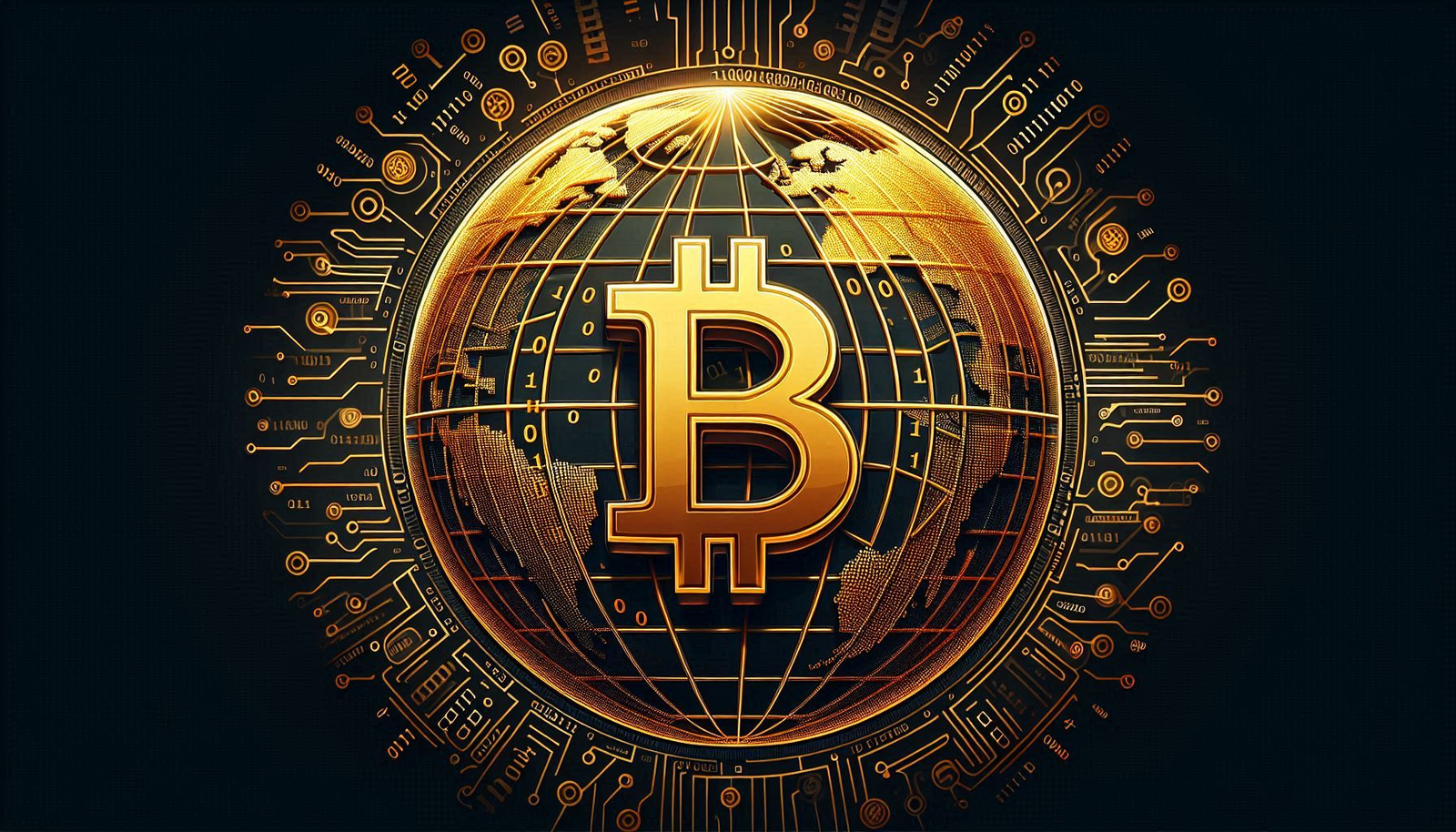RBI Repo Rate Cut Hopes Increase as Retail Inflation Reaches Record Low
Will the Central Bank Change Its Stance
RBI Repo Rate Cut Hopes Rise as Retail Inflation Hits Record Low
The anticipation surrounding a potential reduction in the Reserve Bank of India’s (RBI) repo rate has intensified following the recent announcement that retail inflation has reached an unprecedented low. This development raises pertinent questions about whether the central bank will respond by adjusting its monetary policy.
Understanding the Context of Retail Inflation
Retail inflation, a critical indicator of the rise in prices of goods and services, has recently shown a significant decline. The Consumer Price Index (CPI) data indicates that inflation rates have dipped to levels not seen in years, largely attributed to a decrease in food prices and improved supply chain conditions. This drop in inflation could provide the RBI with the leeway it needs to cut the repo rate, which is the rate at which the bank lends money to commercial banks.
Implications of a Repo Rate Cut
A reduction in the repo rate typically aims to stimulate economic growth by making borrowing cheaper for banks, which can then pass on these benefits to consumers and businesses. Lower interest rates can encourage spending and investment, potentially bolstering economic activity in a post-pandemic recovery phase. However, the RBI must also consider the broader economic landscape, including global economic conditions and domestic growth prospects.
Challenges Facing the Central Bank
Despite the favorable inflation figures, the RBI faces several challenges. The ongoing geopolitical tensions and potential supply chain disruptions due to international conflicts could hinder economic recovery. Additionally, there are concerns about inflationary pressures re-emerging, particularly if demand surges as the economy fully reopens. The central bank must navigate these complexities carefully, balancing the need to support growth while maintaining price stability.
The Outlook for Monetary Policy
Economists and market analysts are closely monitoring the RBI’s next moves. Many believe a repo rate cut could materialize in the upcoming monetary policy review, especially if inflation remains subdued. However, the central bank may opt for a cautious approach, preferring to wait for more robust economic signals before making any definitive changes to its monetary policy stance.
In conclusion, while the decline in retail inflation has sparked hopes for a repo rate cut, the RBI’s decision will ultimately depend on a comprehensive assessment of various economic factors. Stakeholders will be watching closely as the central bank deliberates its next steps in this evolving economic landscape.


